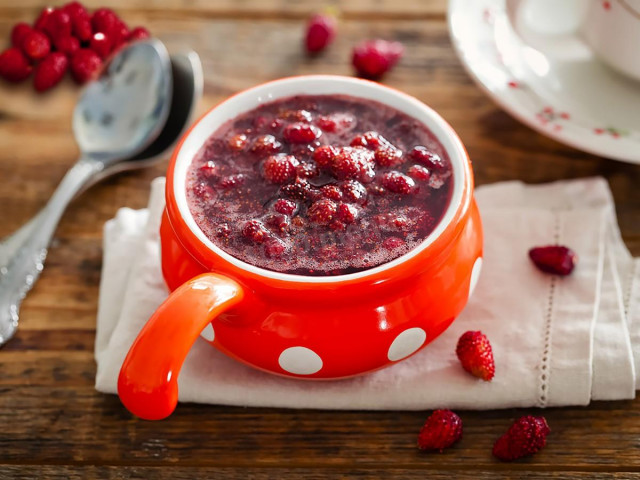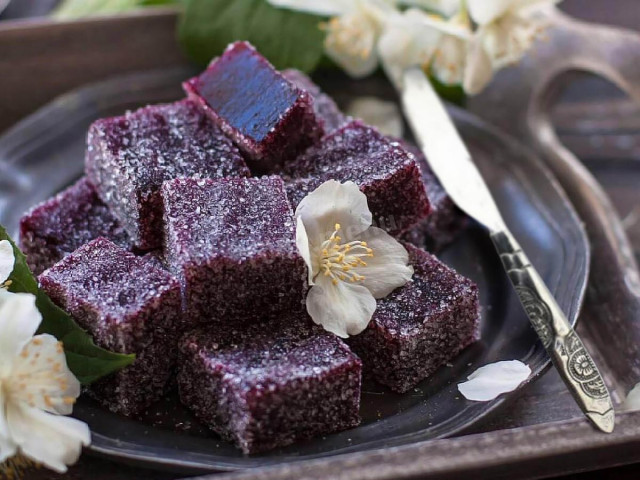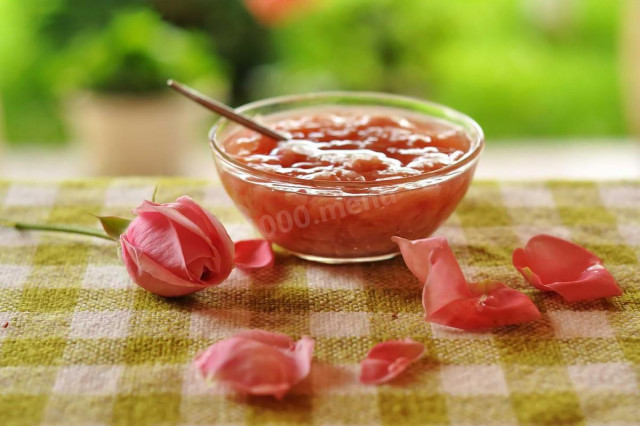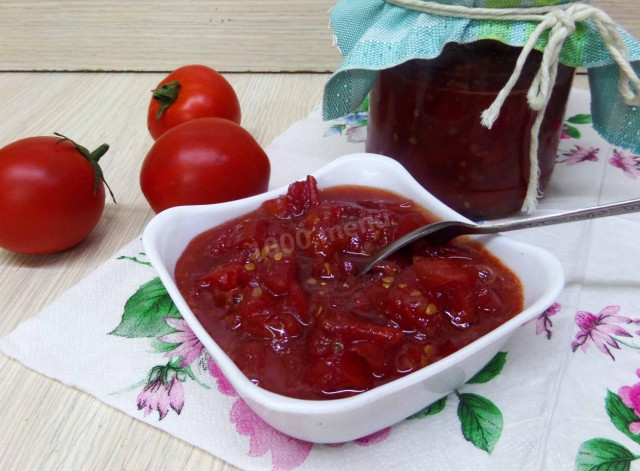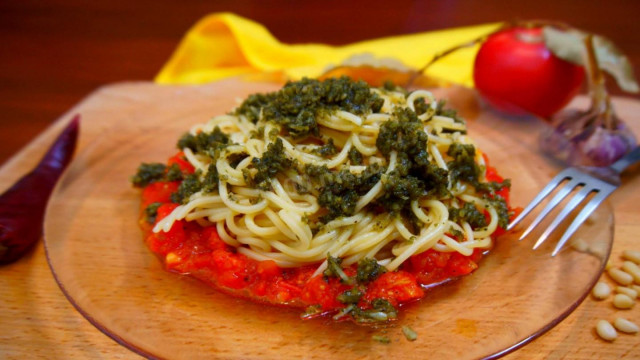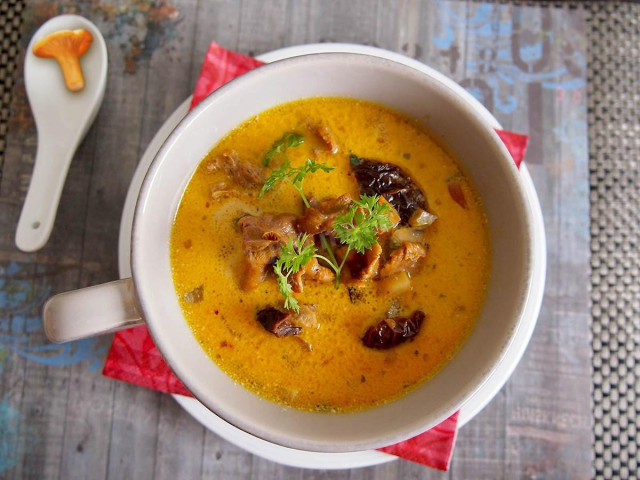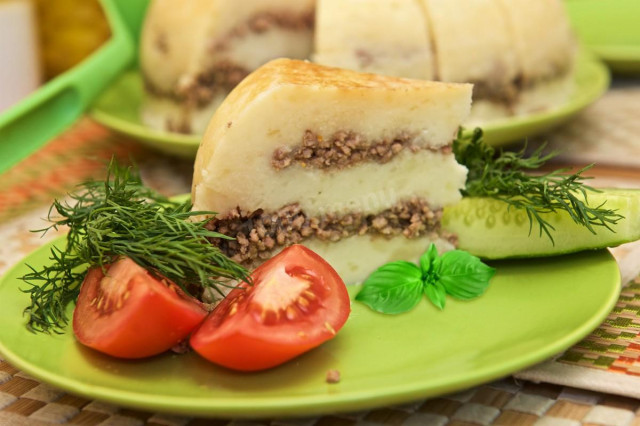Composition / ingredients
Cooking method
Tartaric acid (or tartaric stone) has been known since ancient times. It appeared as a by-product of winemaking, it was added to wine to increase the shelf life. Tartaric acid has pronounced antioxidant properties, prevents the appearance of pathogenic microflora in the food product. In addition, it helps to preserve the beautiful color of berries and fruits.
Sorting strawberries. For jam, it is best to use ripe, but not soft berries. They should be strong, without damage. In this case, the jam will turn out not only delicious, but also very beautiful. We also remove the tails from the berries. The sorted strawberries are washed under running water in a colander, then let the excess liquid drain.
Half of the tartaric acid is diluted with a liter of water and with this solution we pour the sorted strawberries, which must first be poured into an enameled saucepan. Keep the strawberries in solution for 2 hours, then drain it, and pour the berries with freshly squeezed lemon juice.
Then we cover the strawberries with granulated sugar, cover the container with a lid and leave the berries to stand for half a day. You can leave it overnight. When this time has passed, put the pan on medium heat, bring to a boil. Then we reduce the fire to the lowest and cook the jam to the desired density. At least 15 minutes.
Add tartaric acid to the jam pot, mix well, but gently. Keep the jam on low heat for another 2-3 minutes. Then let the finished jam cool down. When it cools down, we put the jam in clean and dry jars. We close it hermetically with lids and put it away for storage in a cool place.
The jam is ready!
The caloric content of the products possible in the composition of the dish
- Granulated sugar - 398 kcal/100g
- Sugar - 398 kcal/100g
- Strawberry garden - 32 kcal/100g
- Water - 0 kcal/100g
- Lemon juice - 16 kcal/100g
- Tartaric acid - 21 kcal/100g

